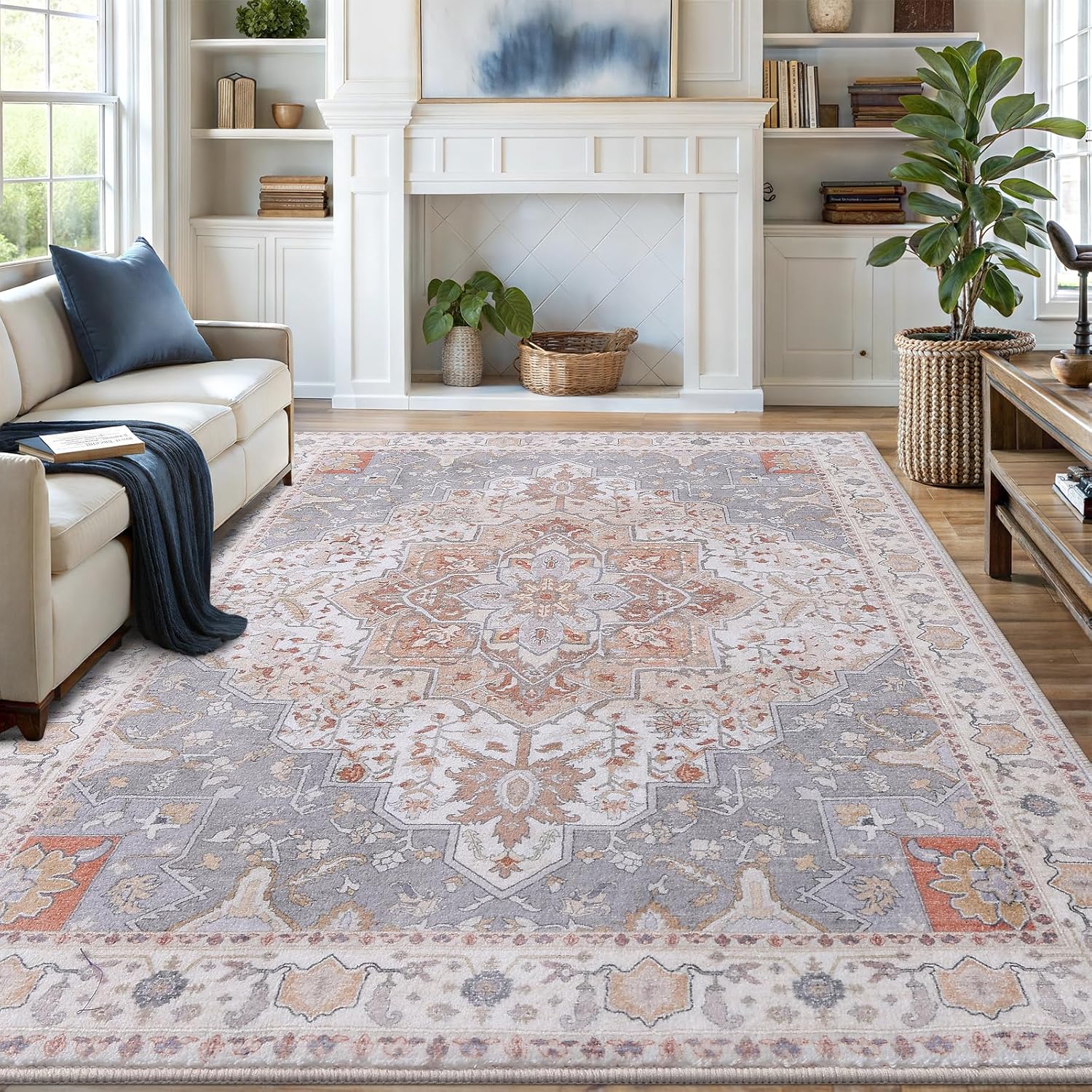To clean and deodorize rabbit cages, remove all bedding, scrub surfaces with a vinegar-water solution, rinse, and replace with fresh bedding.
Keeping your rabbit’s cage clean and odor-free is essential for their health and your home’s freshness. With the right techniques and products, you can maintain a hygienic environment that keeps both you and your bunny happy.

Daily Cleaning Routine
Consistent daily maintenance prevents odor buildup and makes deep cleaning easier.
Essential Morning Tasks
- Remove uneaten fresh foods immediately
- Spot-clean urine spills with vinegar solution
- Refresh water bottle (scrub with bottle brush every 2-3 days)
Evening Maintenance
- Scoop litter box and remove soiled bedding
- Add fresh hay to litter area (about 1-2 cups per rabbit)
- Wipe down food bowls with hot water

Weekly Deep Cleaning
A thorough weekly cleaning prevents bacterial growth and stubborn stains.
Step-by-Step Process
- Remove all toys and accessories
- Wash items with mild dish soap or organic cleaner
- Replace all bedding with fresh material
- Scrub cage surfaces with vinegar solution (1:1 vinegar/water)
- Rinse thoroughly and dry completely
Choosing the Right Litter System
The proper litter setup makes odor control significantly easier.
| Litter Type | Pros | Cons |
|---|---|---|
| Wood pellets | Highly absorbent, inexpensive | Heavy when soiled |
| Paper pellets | Dust-free, soft on paws | Less odor control |
| Recycled paper | Eco-friendly, lightweight | Needs frequent changing |
Odor Elimination Techniques
Beyond cleaning, these methods keep your rabbit’s space fresh.
Natural Solutions
- Baking soda sprinkled under bedding (not accessible to rabbit)
- Activated charcoal filters near cage
- Essential oil diffuser in room (avoid direct contact)
Commercial Products
For tough odors, consider pet-safe deodorizing sprays or enzymatic cleaners specifically designed for rabbit urine.
Cage Setup for Easy Cleaning
Smart design choices reduce cleaning time and improve hygiene.
Recommended Features
- Plastic bottom (easier to clean than wood)
- Removable litter tray
- Washable fabric bedding
- Slanted wire flooring over litter area
Health Monitoring Through Cleaning
Regular cleaning helps you spot potential health issues early.
Warning Signs
- Changes in urine color or smell
- Unusual stool consistency
- Decreased appetite
- Wet fur around hindquarters
According to House Rabbit Society, proper cage maintenance can reduce respiratory issues in rabbits by up to 60%.
Seasonal Considerations
Adjust your cleaning routine based on weather conditions.
Summer Tips
- Clean more frequently (2-3 times weekly)
- Use fans for ventilation (not directly on rabbit)
- Freeze water bottles for cooling
Winter Adjustments
- Ensure complete drying after cleaning
- Add extra bedding for warmth
- Check for drafts near cage

